Across the vast and arid landscapes of Namibia, a quiet revolution has been unfolding over the past three decades. Wildlife populations that had been decimated by colonial hunting and habitat loss are making a remarkable comeback. But this conservation success story comes with an electrified twist - thousands of kilometers of high-voltage fencing crisscrossing the countryside, dividing cattle ranches from wildlife areas, and sparking heated debates about the future of African conservation.
The story begins in the 1960s when Namibia (then South West Africa) followed the colonial approach of separating wildlife and livestock through veterinary cordon fences. These early barriers were designed to prevent the spread of animal diseases, but they had devastating ecological consequences. Migratory species like wildebeest and zebra found their ancient paths blocked, leading to mass die-offs during drought periods when animals couldn't reach traditional watering holes.
Everything changed in the 1990s with Namibia's groundbreaking communal conservancy program. The government granted rural communities the right to manage and benefit from wildlife on their lands through eco-tourism and sustainable hunting. Almost overnight, wild animals became valuable assets rather than pests competing with livestock. Farmers began taking down internal fences and removing cattle to create wildlife-friendly areas. The results were astonishing - Namibia now boasts the largest free-roaming cheetah population on Earth, desert-adapted black rhinos, and resurgent lion numbers.
But this wildlife boom created new challenges. Predators began taking livestock, elephants raided crops, and the risk of disease transmission between wild and domestic animals increased. The solution many landowners turned to? Electrified fencing. Modern wildlife-proof fences in Namibia typically stand 2.4 meters tall, with alternating live and ground wires delivering a painful but non-lethal 8,000-volt shock. Solar-powered energizers make these barriers viable even in remote areas without grid electricity.
The impact has been dramatic. Well-managed wildlife farms enclosed by proper fencing have seen predator losses drop by over 90% while maintaining healthy populations of carnivores within their boundaries. Rhino poaching rates in fenced private reserves are significantly lower than in unfenced communal areas. For many farmers, these fences represent the only viable way to coexist with dangerous megafauna while running an economically sustainable operation.
However, conservation biologists are sounding alarms about the ecological costs. Fence lines create deadly traps for migrating birds like kori bustards. Smaller species like aardvarks and pangolins often become entangled in the wires. Most concerning are the population-level effects on wide-ranging species. A recent study in the Journal of Arid Environments found that fenced wildlife populations show significantly lower genetic diversity than their unfenced counterparts, potentially weakening their long-term viability.
The debate reached a boiling point in 2012 when Namibia's Ministry of Environment and Tourism approved the controversial 170km Okonjima fence in the Otjiwarongo district. Intended to protect high-value wildlife tourism investments, the barrier effectively cut off an important elephant migration corridor between Etosha National Park and the Hobatere concession area. Conservation groups protested that such mega-fences undermine Namibia's reputation as a leader in landscape-scale conservation.
Pro-fence advocates counter that without these barriers, many landowners would revert to lethal predator control and view wildlife as a liability rather than an asset. They point to neighboring Botswana, where lack of fencing has led to constant human-wildlife conflict and growing political pressure to cull elephant populations. In Namibia's commercial farming areas, properly designed wildlife fences have enabled the creation of over 70 private nature reserves covering more than 5 million hectares - land that might otherwise have been converted to monoculture agriculture.
Innovative solutions are emerging to balance these competing needs. Some progressive farms now use "smart fencing" systems with openable sections that allow seasonal wildlife movements. Others employ virtual fencing technology where GPS-collared animals receive warning sounds followed by mild electric pulses if they approach boundary zones. The Namibian government has established guidelines for "wildlife-friendly fencing" that includes elevated bottom wires for small animal passage and visual markers to prevent bird collisions.
Perhaps the most promising development is the growing trend of cluster fencing, where multiple properties combine resources to fence large contiguous areas rather than creating numerous small enclosures. This approach maintains ecological connectivity while still providing protection from human-wildlife conflict. The 25-property Omboroko cluster in central Namibia, for instance, created a 120,000-hectare fenced conservancy where wildlife can roam freely across former farm boundaries while livestock areas remain secure.
As climate change intensifies drought cycles across southern Africa, the fencing debate takes on new urgency. During the severe droughts of 2013 and 2019, wildlife in unfenced areas naturally migrated to wetter regions, while fenced populations suffered catastrophic losses. Some ecologists argue that Namibia's fencing policies must adapt to allow emergency migrations, perhaps through temporary fence deactivation during drought years.
The economic dimension adds another layer of complexity. Well-fenced wildlife operations generate significantly higher revenues than traditional livestock farming in Namibia's marginal environments. A single trophy-hunted elephant can bring in $50,000, while live animal sales to restock other reserves have become a lucrative business. These economic realities make fencing an attractive option for landholders, even as conservationists worry about the long-term ecological impacts.
Looking to the future, Namibia stands at a crossroads. Its innovative approach to wildlife utilization has brought remarkable recoveries of iconic species, but the proliferation of fencing threatens to undermine these gains by fragmenting habitats. The challenge will be developing fencing strategies that protect livelihoods without turning conservation areas into glorified zoos. As one veteran game warden put it: "We need to find ways to keep the wild in wildlife, even as we keep the lights on."
What emerges clearly from Namibia's experience is that there are no simple solutions in modern conservation. Electric fences have been both savior and scourge for African wildlife. Their careful, context-specific application - combined with new technologies and adaptive management - may hold the key to balancing ecological and economic needs in Namibia's extraordinary landscapes. The world will be watching as this pioneering nation charts a course through this electrified conservation dilemma.

By /Jun 9, 2025
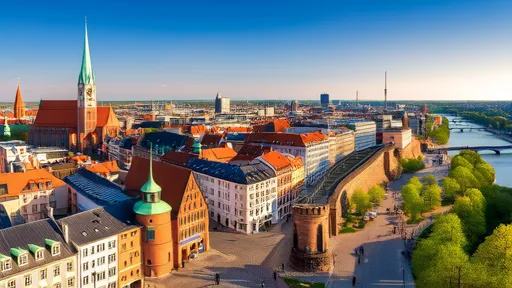
By /Jun 9, 2025
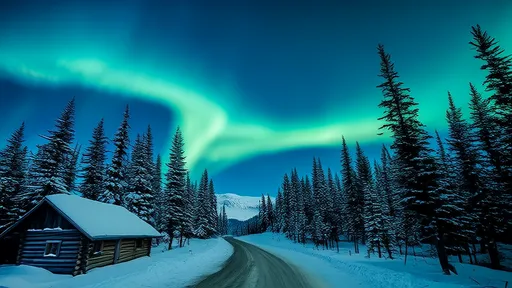
By /Jun 9, 2025
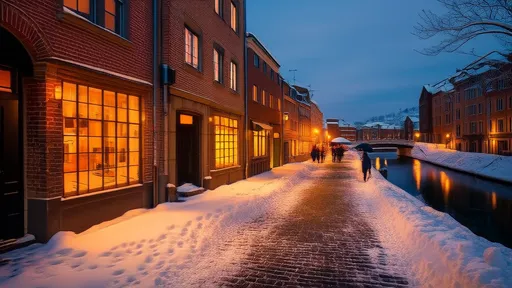
By /Jun 9, 2025
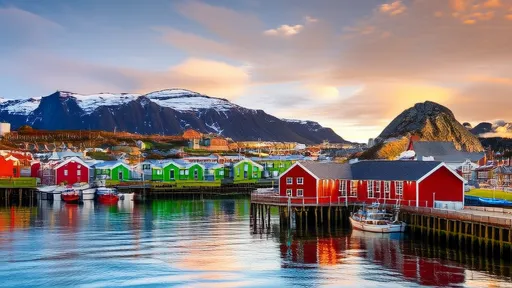
By /Jun 9, 2025
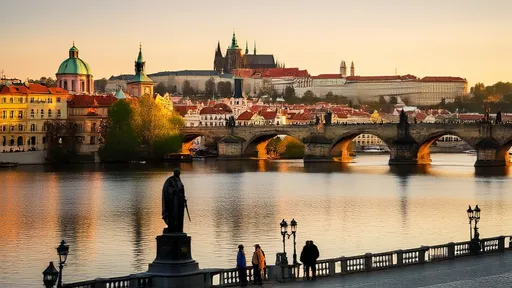
By /Jun 9, 2025
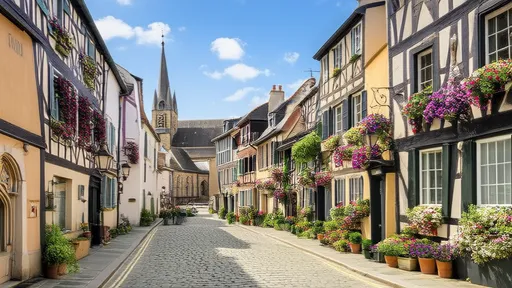
By /Jun 9, 2025
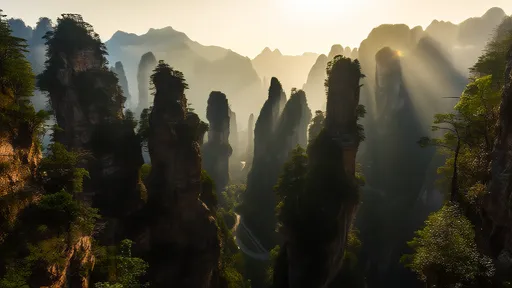
By /Jun 9, 2025
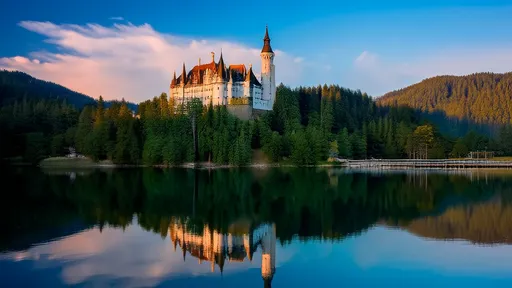
By /Jun 9, 2025
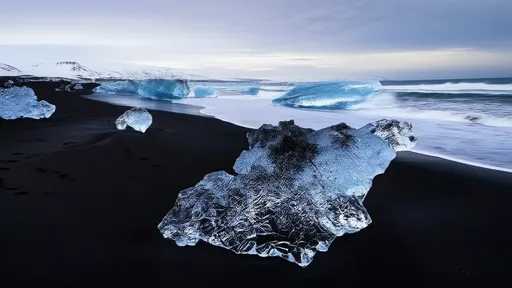
By /Jun 9, 2025
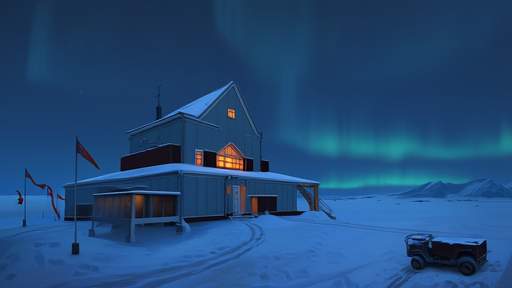
By /Jun 5, 2025
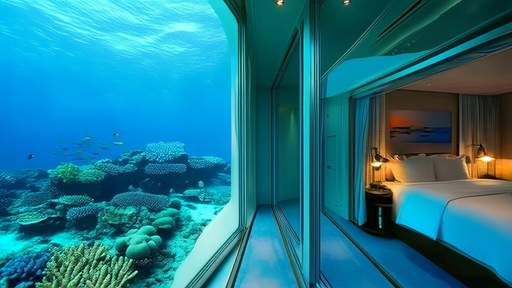
By /Jun 5, 2025
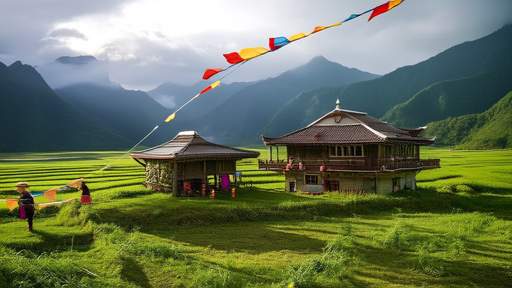
By /Jun 5, 2025
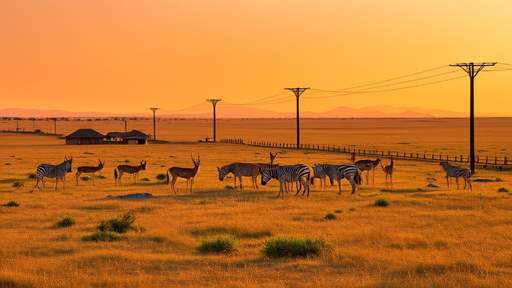
By /Jun 5, 2025
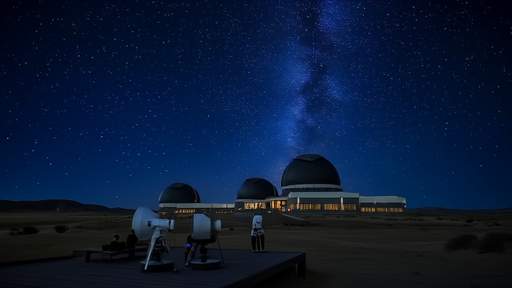
By /Jun 5, 2025
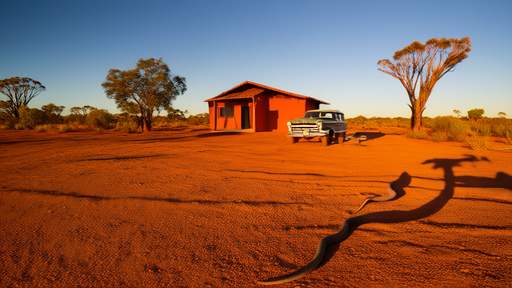
By /Jun 5, 2025
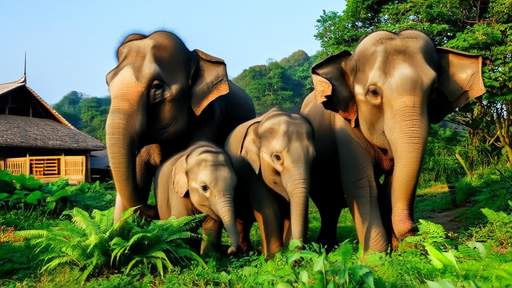
By /Jun 5, 2025

By /Jun 5, 2025

By /Jun 5, 2025